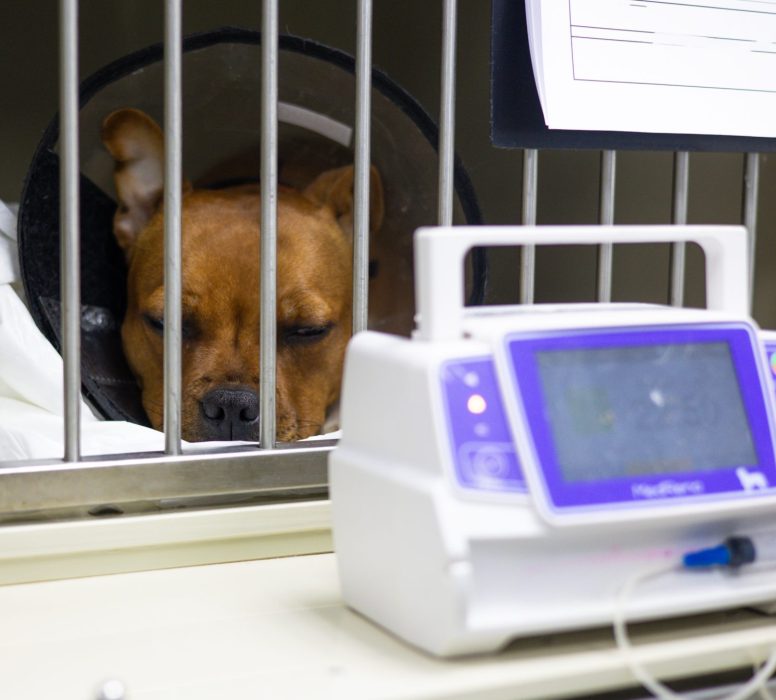If your pet is showing any signs of tick paralysis, call us immediately on 02 6652 1566. Early treatment is critical.
Use a tick remover, tweezers or your fingers to grasp the tick close to the skin.
Twist gently to remove it, don’t pull straight.
Seal the tick in a bag or container (alive if possible) for identification by your vet.
Check for more ticks, if there’s one, there could be others.
Even after removal, symptoms can develop for up to 72 hours. Contact your vet if you notice:
Wobbly walking or weakness
Vomiting or gagging
Changes in voice or behaviour
Difficulty blinking or breathing
Reluctance to eat or move
Tick paralysis can be fatal. Removing the tick is not enough and veterinary treatment is essential.
Treatment may include:
Tick antiserum (given by injection or IV)
Sedation to reduce stress
Clipping to find more ticks
IV fluids, oxygen, and medications for complications
Most pets recover well with early treatment. Rest is important for several weeks after. Prevent future episodes with regular tick prevention and daily tick checks.

